City Directories and History: The Emmett Scott High School, formerly functioned as an academic and learning center from ca. 1922 – 1970 for Rock Hill’s African American families and their children — yet it was far more than a building. Emmett Scott was the academic, social and cultural center for the African American
community. It connected in the most positive way, every generations of experiences for over a hundred years of history. Bonds formed during their Emmett Scott experiences holding former students together in social and civic associations, even though Emmett Scott was closed over forty years ago. The children of parents who attended Emmett School carry on the traditions of the institution. (Willie Ellison – 2011)
Emmett Scott High School was constructed through the Rosenwald School Program, as were large numbers of York County schools. More information on these schools can be see at YC Rosenwald Schools or linking to the numerous Julius Rosenwald Fund websites.
The ESHS Band on Main Street as part of Rock Hill’s Centennial Celebration. – 1952
The Rock Hill Record reported on March 8, 1909 – “Booker T. Washington, noted African American educator, will be in Rock Hill on March 14 and will deliver an address at Friedheim Hall. Seats will be reserved for those of our white residence who wish to attend. ”
The RH Record reported on March 15, 1909 – “Washington spoke for one and one-half hours to a capacity audience including a large number of white people. No more elegant address has ever been hear in this city…. Mayor Roddey gave an address of welcome. Traveling with Mr. Washington was his secretary, Emmett J. Scott.”
The RH Herald on Nov. 21, 1930 reported, “A meeting of the York County colored teachers association will be held tomorrow at Emmett Scott. L.B. Moore is President of the organization.”
WU’s Pettus Archives holds a collection of drawing for the Emmett Scott Gymnasium by A.D. Gilchrist dated 1935.
The Herald reported on May 27, 1941 – “Friendship College will hold graduation ceremonies. There are sixty graduates in the college department and twelve in the high school department. Clinton College will graduate about fifteen in the college department and thirteen in the high school. Emmett Scott High School graduates twenty seven student.”
The Rock Hill Herald of June 4, 1947 reported, “The Rock Hill School Board of Trustees has approved a contract with Young Construction Company for an addition to the Emmett Scott School. It will be a one story brick and concrete block building with eight classrooms and will cost $41,616. During the past year Emmett Scott had 26 teachers and 1,066 students in 19 classrooms. The West End School had 274 in five classrooms.”
See the Sanborn Map of Emmett Scott High School map under the More Information link found under the primary image, as well as, a history of the school itself.
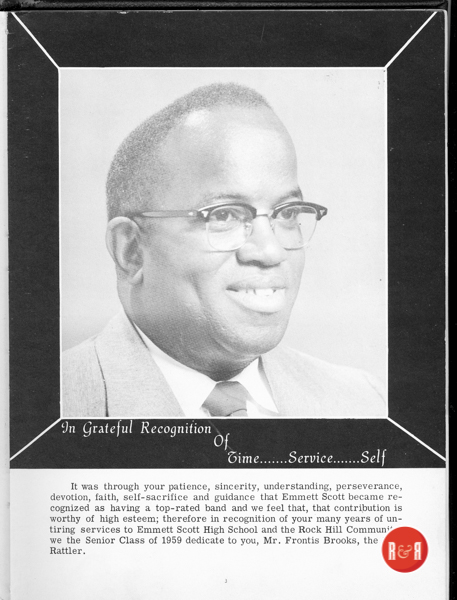
Mr. Fontis Brooks – ESHS’s outstanding band leader, who lead the band along Rock Hill’s streets during celebrations, truly thrilling the community with their outstanding performances. Mr Brooks even taught band & music at Sunset Park Elementary School after Emmett Scott closed. He was a good man.
—————
Julius Rosenwald was born on August 12, 1862, to Samuel and Augusta Rosenwald, both Jewish immigrants, in Springfield, Illinois. Rosenwald was educated in the public schools in Springfield, and in 1879 he began his business career with Hammerslough Brothers, wholesale clothiers in New York City.
In 1885, Rosenwald came to Chicago to become president of Rosenwald & Weil, a retail men’s clothing store. After Sears, Roebuck & Company moved its headquarters to Chicago in 1893, Rosenwald was asked to become its vice president. He served Sears, Roebuck successively as vice president (1895-1910), president (1910-1925), and chairman of the board (1925-1932). Under his leadership, Sears developed its lucrative nationwide mail-order business, established savings and profit-sharing plans for employees, and became America’s largest retailer. On April 8, 1890, Rosenwald married Augusta Nusbaum of Chicago; the couple had five children. Rosenwald died on January 6, 1932.
Rosenwald’s success as a businessman and executive was matched by his many accomplishments as an influential philanthropist and humanitarian. He played a leading role in many progressive social reform organizations in Chicago and became the first president of the combined Jewish Charities of Chicago. In 1917, he created the Julius Rosenwald Fund to support the “well-being of mankind.” He supported the work of Booker T. Washington at the Tuskegee Institute and established YMCAs and YWCAs to serve African American communities in cities across the United States. He funded the creation of thousands of schools for rural African Americans in the South. He contributed $6 million to support Russian Jews settling in southern Russia and Palestine. He established one of the first urban housing projects on Chicago’s South Side, and he founded the Museum of Science and Industry in Chicago.
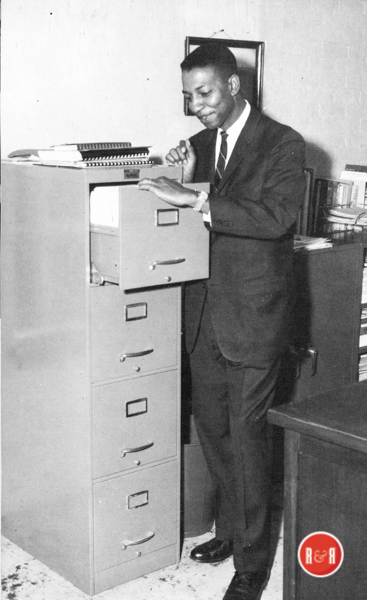
Principal Sam Foster of ESHS in 1969 just before the school was closed and students began the integration process into Rock Hill’s School District #3.
Rosenwald summarized his philosophy of philanthropy quite simply: “What I want to do is try and cure the things that seem wrong.” He set out on this task with abundant wealth derived from his leadership of Sears, Roebuck & Company, a strong social conscience, and the practical zeal and organizing ability of an eminently successful American businessman.
The things Rosenwald saw as wrong in American society were many and varied, but he focused his prime interest on African Americans support for education and research, medical care, better government, and support for Jewish charities and institutions. Rosenwald’s career as a public benefactor extended over three decades and was carried on after his death by the Rosenwald Fund. The termination of the activities of the Rosenwald Fund in 1948 was planned by Rosenwald before he died, since he felt strongly that each generation must accept responsibility for the problems of its own time.
Throughout this vast body of papers are found records of the beginnings and the subsequent implementation of the many causes that Julius Rosenwald championed. Rosenwald consistently sought the advice and counsel of many informed public figures. He corresponded with Jane Addams, Booker T. Washington, Mary McDowell, Abraham Flexner, Herbert Hoover, Felix Frankfurter, and many others. But of equal interest and importance are the informative letters of minor figures who wrote to Rosenwald either to solicit his assistance or to give him guidance. This correspondence is arranged under a lengthy array of names of organizations that illustrate the
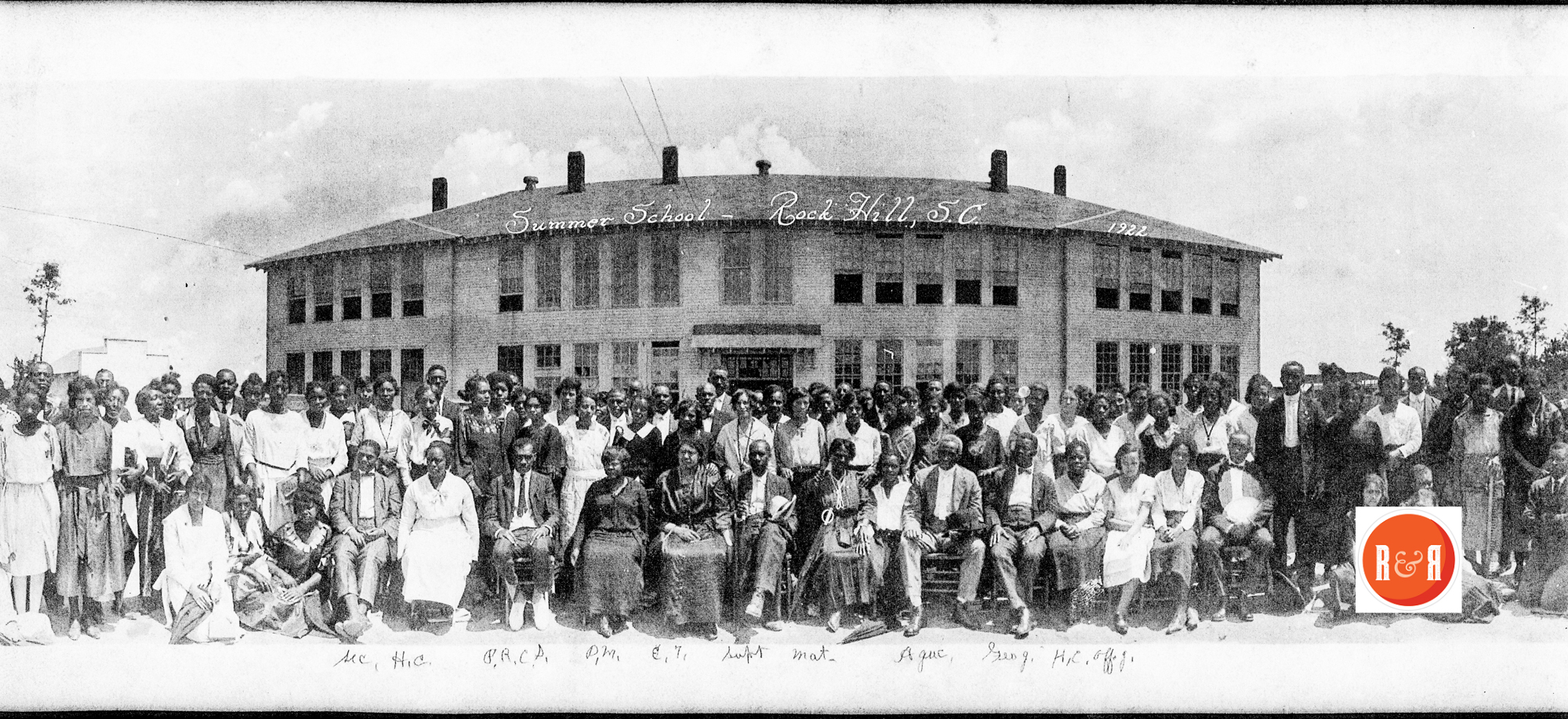
Image taken of Emmett Scott High School in 1922. This fantastic image was donated to HRH by Mr. Randy Mulkey of N.C., who was originally from Rock Hill and donated the picture for preservation in 2011. (SEE ENLARGEMENTS OF SELECT IMAGES UNDER THE PRIMARY PHOTO)
scope of Rosenwald’s involvement and the potential use of his papers as a primary historical source: American Civic Association, Atlanta School of Social Work, Belgian Relief Fund, Birth Control Clinical Research Bureau, Chicago Bureau of Public Efficiency, Georgia Commission on Interracial Cooperation, Conference of Jewish Social Workers, Family Welfare Association, Encyclopedia of the Social Sciences, Illinois Society for Mental Health, Immigrants Protective League, Voluntary Parenthood League, among many others. Of course, the amount of documentation under each of these names varies with the degree of Rosenwald’s interest and commitment.

Another view of the school. Courtesy of the Tucker Collection.
The papers bear the stamp of the man, the methods he used in dispensing some sixty million dollars of his fortune, and the goals that he hoped this money would attain. He applied his philanthropy to pioneering efforts in order to stimulate action and eventual responsibility by those more directly concerned. The fundamental social problems of a burgeoning urban population are the central theme of many of his activities, and consequently he supported agencies and groups that worked on such problems as birth control, old age security, the training of social workers, and juvenile delinquency. The record of Rosenwald’s involvement with social problems, reflecting both his attitudes and the needs presented by individuals and organizations, offers a unique historical perspective of social conditions. The data sent to Rosenwald in support of requests is of interest, especially when it is accompanied by the personal views and evaluations of keen observers of the social scene. Yet many of the individual pieces of correspondence or memoranda are often less than dramatic. Most of what was written is matter-of-fact and unadorned. Rosenwald handled these requests efficiently through aides and occasionally by himself since, as he once commented, he found giving away money much more difficult than accumulation. Included in the correspondence is the internal exchange of commentary and instructions that flowed between Rosenwald and the men who helped him reach his decisions.
Concern for justice was the essence of Rosenwald’s great interest in African Americans. This interest began shortly before the first World War when he met Booker T. Washington and became a trustee of the Tuskegee Institute. While best known for his assistance African American rural education in the South, he devoted many of his benefactions to the problems of African American health and working conditions through such organizations as: the Urban League, the Commission on Interracial Cooperation, the National Association for the Advancement of Colored People, and the project that, he said, gave him greater personal satisfaction than all his other philanthropies, the building of African American Y.M.C.A.’s. The record of Rosenwald’s search for an understanding of African American life and his attempt to apply his resources to solving social problems makes these papers a particularly illuminating source. He explained his emphasis on aid to African American education quite simply when he said that while white colleges might expect continually growing support, “[so] very few persons are interested in the education of the Negro that I have deemed it wiser to concentrate my efforts in that direction.”
Beyond his aid to the socially marginalized, Rosenwald had a strong sense of the needs of scholarship and learning. The University of Chicago was the recipient of the largest portion of his gifts to higher education, yet he also gave sizable gifts to Harvard University, characteristically including money for publication fund and research assistance for Professor Felix Frankfurter. Among his many contributions to the University of Chicago were his early support of the Graduate School of Social Service Administration, and his subsidy of several works by Sophonisba P. Breckinridge on public service administration and housing. Learned societies and professional groups such as the Institute of Pacific Relations, the Council of Foreign Affairs, and the American Association of Museums were also his beneficiaries.

Sanborn Insurance Map of the subject, 1926 – 1959. Courtesy of the Galloway Map Collection.
While many of the social problems to which Rosenwald applied his philanthropy have been transformed by an increasingly complex society, as he knew they would, the principles that guided his giving remain as one of his most lasting memorials. Rosenwald repeatedly decreed that his giving was intended to attack fundamental causes of human distress rather than to be a mere palliative and was to be used to support experiments in social improvement which could and should be taken over by the community.
Other public benefactors and trusts have surpassed the amount of money, that Julius Rosenwald gave to helping others. But few can match the wisdom and effectiveness with which Rosenwald and the Rosenwald Fund met the problems of their own day. The full measure of his contributions can be seen in his papers at the Un. of Chicago.
Stay Connected
Explore history, houses, and stories across S.C. Your membership provides you with updates on regional topics, information on historic research, preservation, and monthly feature articles. But remember R&R wants to hear from you and assist in preserving your own family genealogy and memorabilia.
Visit the Southern Queries – Forum to receive assistance in answering questions, discuss genealogy, and enjoy exploring preservation topics with other members. Also listed are several history and genealogical researchers for hire.
User comments welcome — post at the bottom of this page.
Please enjoy this structure and all those listed in Roots and Recall. But remember each is private property. So view them from a distance or from a public area such as the sidewalk or public road.
Do you have information to share and preserve? Family, school, church, or other older photos and stories are welcome. Send them digitally through the “Share Your Story” link, so they too might be posted on Roots and Recall.
Thanks!
User comments always welcome - please post at the bottom of this page.
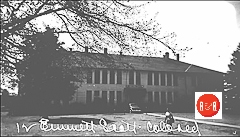


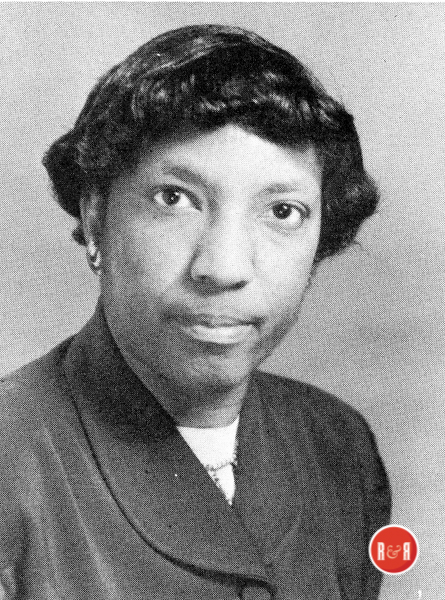
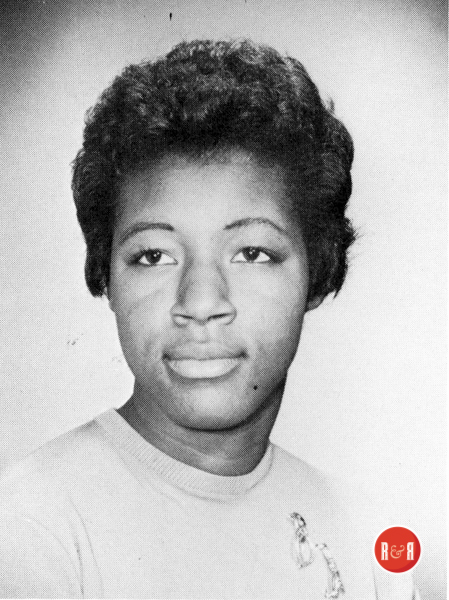


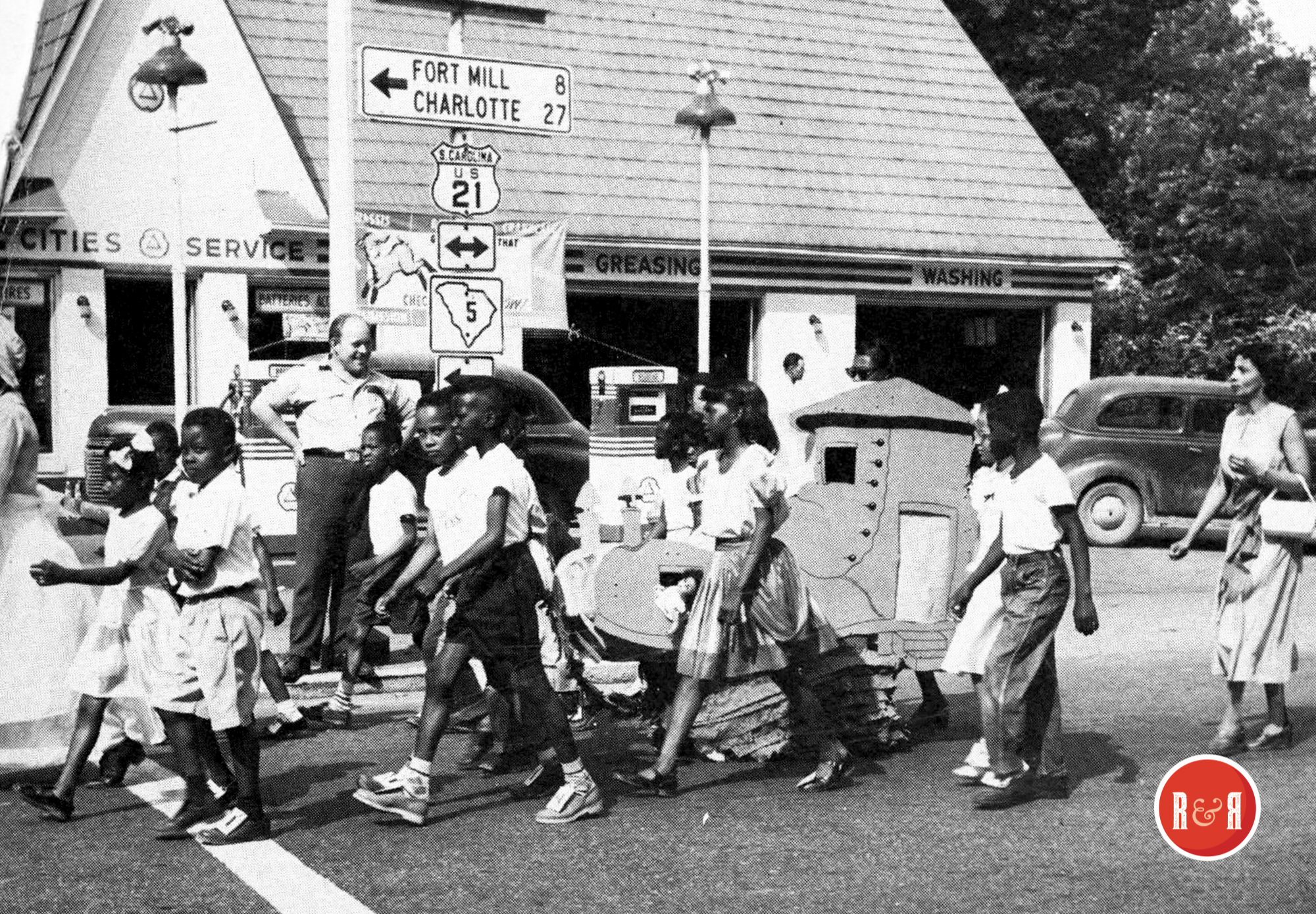










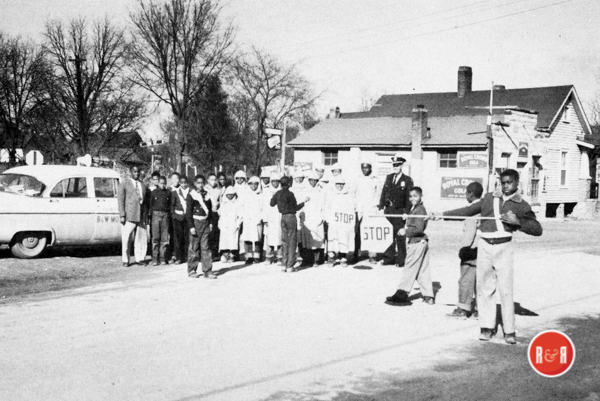

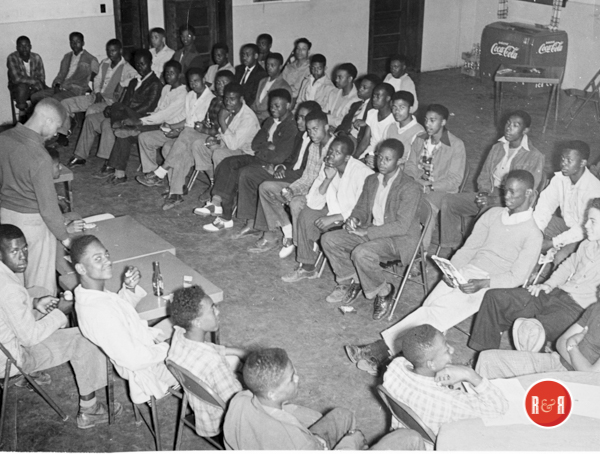
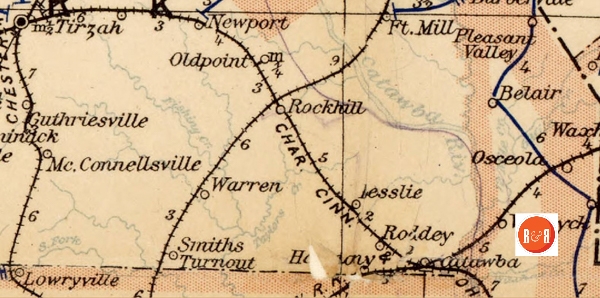






enjoyed this
thank you
Ben Blakely
Van someone please find the 1970 Christmas parade from ESHS.
Awesome article!
Thus has truly put a big smile on my face. Will be sharing with everyone that I come in contact with. OUR HISTORY-OUR STORY…..
Wow this is awesome I must share this with my son. Thank you foe this article.
Very enlightening, thanks Roots and Recall!